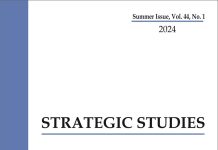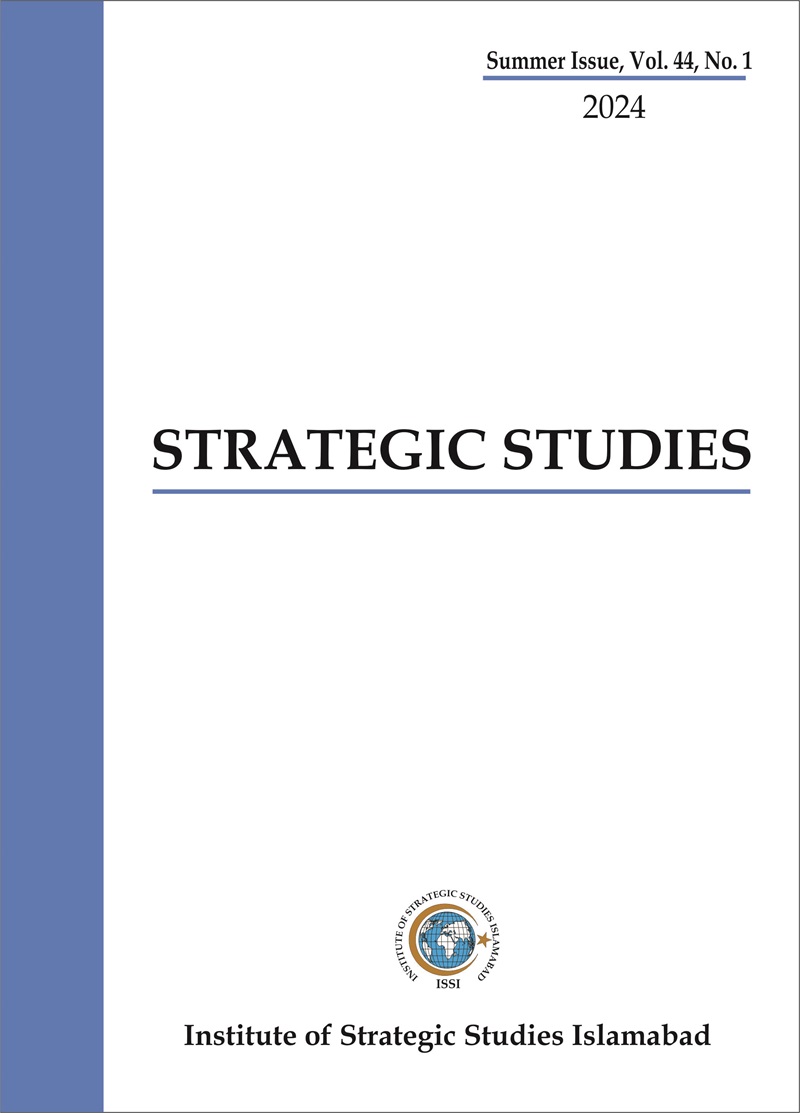Abstract
Within a span of three decades, China has become an economic superpower and a major factor in shaping global political order. China is now the world’s second largest economy; second largest trading nation (with trade volume more than EU); and holder of largest foreign currency reserves, now over US$ 3 trillion. This is a giant leap from 1976 when “one-third of industrial enterprises in China were losing money, nation’s trade was a meagre US$ 13.4 billion and its foreign exchange reserves US$ 580 million.” Today, China’s exports of one day equals its exports for the entire year of 1978.
China’s miracle is not just the difference in national economic figures of the last forty years but the fact that this transformation has been achieved without altering the country’s political system, which remains centralised under the Communist Party of China (CPC). In China, Marxist-Leninist political philosophy and capitalist business models seem to be complementary and locked in symbiotic relationship. The key to understanding the Chinese miracle is finding how the Communist leadership has created a system that harmonises Marx and Lenin with Adam Smith and Keynes.
China’s economic miracle inspires many developing countries to adopt similar policies and approaches. Notwithstanding the inimitability of China’s model, developing countries, including Pakistan, can draw critical lessons from China in reforms and governance to optimise their own pursuits of national economic and social development.













